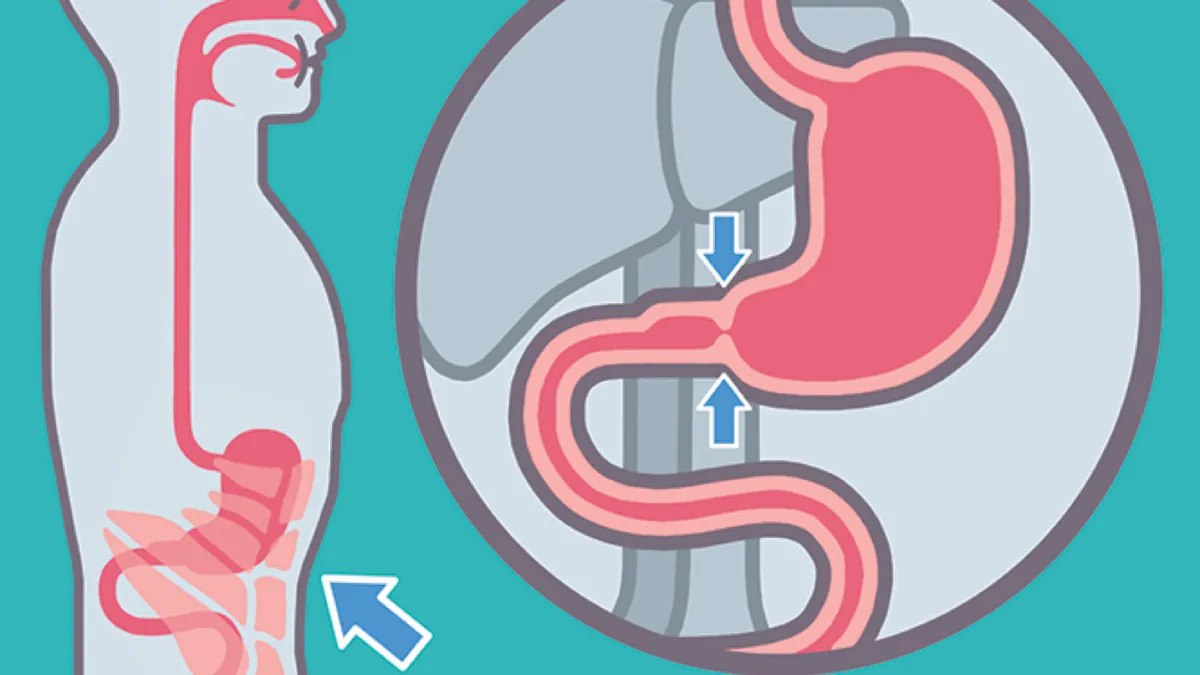Health Body’s Vomiting Mechanism: A Fascinating Simulation
Discover the intricate process of vomiting through a detailed simulation, revealing the body’s defense mechanisms in action.
A recent simulation has captivated audiences by vividly illustrating the internal mechanics of vomiting. This detailed visualization offers an insightful look into the physiological processes that occur when the body expels unwanted substances.
For those curious about the science behind this common yet unpleasant experience, the simulation provides a step-by-step depiction of the events leading up to and culminating in vomiting.

The simulation, produced by GutDR and widely circulated on social media, guides viewers through the digestive system during an episode of vomiting. It highlights key components such as the small intestine, pyloric sphincter, stomach wall, and esophagus. The process begins with a neon green liquid accumulating at the base of the stomach.
As the simulation progresses, additional globules of the liquid ascend through the small intestine, filling the stomach. Once the stomach reaches its capacity, retching ensues. The diaphragm and abdominal muscles contract, sending signals via the vagus and splanchnic nerves to the esophagus.
This coordinated effort propels the stomach’s contents upward until they are expelled. Reactions to the simulation have been mixed, with some viewers expressing discomfort and others finding it enlightening.

Vomiting serves as the body’s defense mechanism against perceived threats such as toxins, infections, or other irritants. The process is initiated in the brain’s chemoreceptor trigger zone (CTZ), which detects chemical signals indicating danger—such as excessive alcohol or stress hormones. Once a threat is identified, the CTZ triggers a series of responses:
Salivation: Increased saliva production protects teeth and gums from corrosive stomach acid.
Diaphragm Contraction: The diaphragm pulses to pressurize the stomach.
Glottis Closure: This action seals the airway to prevent anything from entering the lungs.
Abdominal Muscle Tightening: Increased pressure propels stomach contents upward.
Simultaneously, the sympathetic nervous system raises heart rate, often causing sweating and a sense of discomfort.
Vomiting serves as the body’s defense mechanism against perceived threats such as toxins, infections, or other irritants. The process is initiated in the brain’s chemoreceptor trigger zone (CTZ), which detects chemical signals indicating danger—such as excessive alcohol or stress hormones. Once a threat is identified, the CTZ triggers a series of responses:
Salivation: Increased saliva production protects teeth and gums from corrosive stomach acid.
Diaphragm Contraction: The diaphragm pulses to pressurize the stomach.
Glottis Closure: This action seals the airway to prevent anything from entering the lungs.
Abdominal Muscle Tightening: Increased pressure propels stomach contents upward.
Simultaneously, the sympathetic nervous system raises heart rate, often causing sweating and a sense of discomfort.
While vomiting is a natural response, it serves as a stark reminder to be cautious about what we consume. Overindulgence, expired food, or excessive alcohol can trigger this dramatic bodily reaction.
The simulation not only demystifies vomiting but also emphasizes the complexity of the body’s protective systems. As uncomfortable as it is, the process showcases the incredible coordination between the brain and digestive system to maintain health—even if it leaves you leaning over the toilet.
This vivid depiction of the vomiting process offers more than just stomach-churning visuals—it underscores the marvels of human physiology, proving that even the most unpleasant experiences serve a vital purpose.






